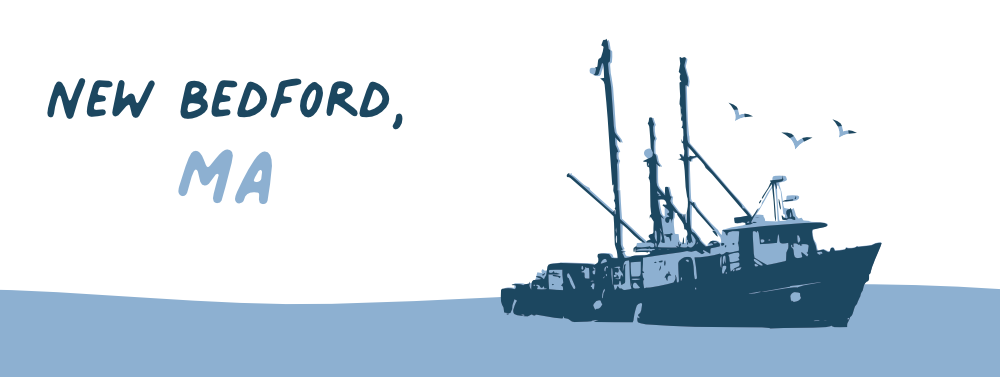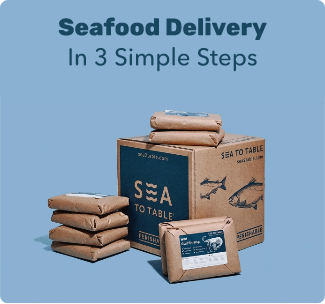
New Bedford, Massachusetts isn’t your ordinary fishing town (as if there were such a thing). Herman Melville wrote in Moby Dick, “The town itself is perhaps the dearest place to live in, in all New England ... nowhere in all America will you find more patrician-like houses, parks and gardens more opulent, than in …
New Bedford was once the wealthiest town per capita in North America. It was also a place where men were one hundred times more likely to die. The reason? Whaling. The Quakers, who first settled the area, discovered that if they rendered the fat from whales that washed up on the shores it produced a smokeless, scentless lamp oil. By the mid 1800’s, over 300 whaling ships plyed the waters offshore. Refineries sprung up to render the oil, and barges shipped it to far off places… New Bedford whale oil even lighted the street lamps of London. But New Bedford’s uncomfortable place in history was shaken by the increased use of kerosene and its death-knell sounded in 1879 when Thomas Edison invented the lightbulb. Today, New Bedford has pivoted from pursuit to preservation, ensuring that the past is not forgotten while promoting education and conservation efforts.
New Bedford still lives off the deep harbour that empties into Buzzards Bay. Thanks to scalloping, it has the highest value of any fishing port in the US, landing up to 140 million pounds of seafood annually. Instead of whale oil, Atlantic Sea Scallops now provide a stable income to the more than 4,000 fishermen and other workers in the crowded yet picturesque port town.

Scalloping is not as dangerous as whaling, but it’s still extremely hard work. Not just the fishing, but also the labor-intensive process needed to get these tiny, buttery mollusks to your table. When the gear is hauled in, the scallops are dumped on the deck. The crew “picks the pile,” tossing scallops into bushel baskets and rocks and any incidental catch overboard. Scallops are then hand-shucked into buckets, rinsed, and placed in special muslin bags. On a 10-day trip, a single fisherman will shuck some 50,000 scallops.
The next part of the process is where Sea to Table Wild Atlantic Scallops are differentiated from most supermarket scallops. After shucking, some boats treat their scallops with a chemical called STTP, which preserves the scallop but causes both water retention and an odd, “dish-soapy” flavor. These scallops are known as “wet scallops”. Sea to Table scallops are not treated with chemicals and are called “dry scallops” and are flash-frozen at the peak of freshness, either on the boat or immediately upon landing. Dry scallops cook up better, allowing you the perfect sear, and there are no chemicals coming between you and their delicious fresh, briny taste.
← Older post Newer post →


